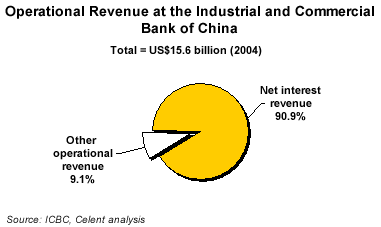Corporate Banking in China: History, Opportunities, and Challenges
Abstract
Corporate Banking in China: History, Opportunities and Challenges
The Chinese banking sector will be opened to foreign competition at the end of 2006, threatening the independence of small and medium-sized Chinese banks.
After December 11, 2006, foreign banks will be able to compete with domestic banks with virtually no barriers. According to Celent's new report, Corporate Banking in China: History, Opportunities and Challenges, the Chinese banking monopoly will be replaced by stiff competition with foreign banks. With their huge funding, mature operational and service models and global sales and marketing networks, foreign banks will have the upper hand against smaller domestic players. While large state-owned banks will remain dominant despite the increased competition, foreign banks will threaten the independence of small and medium-sized Chinese banks.
The good news is that domestic banks have used the past five-years葉he transition period from China's accession to the WTO葉o reform the banking system and improve asset quality, the scope of services, and service standards to become more competitive. However, some overseas financial institutions are enjoying a share of the profits from the growth of the banking industry in China or accelerating the expansion of their service networks in China by buying into the equity of domestic banks.

"Domestic Chinese banks rely heavily on net interest income, reflecting a mature commercial lending business and a highly immature cash management and treasury business. Fee-based business is a low 10%," says Wenli Yuan, the author of the report. "Domestic banks are currently focusing on restructuring their operations and building their fee business. Newly emerging businesses such as cash management and wealth management show strong growth potential, leverage high technology content, and expand the value-add that banks can bring to commercial and high net worth customers."
Celent's report, the most comprehensive analysis of corporate banking in China available, includes a detailed overview of the banking industry in China and traditional and emerging corporate banking services offered by domestic banks. The report predicts that after the market is opened to free foreign competition, the overall advantages of the Big Four state-owned banks will remain. But if small and medium-sized banks are unable to find specialized market segments, they will be acquired by foreign players. While in name they might be joint ventures, these banks will essentially act as branches of the foreign banks.
The 40-page report contains 10 figures and 10 tables. A table of contents is available here.

